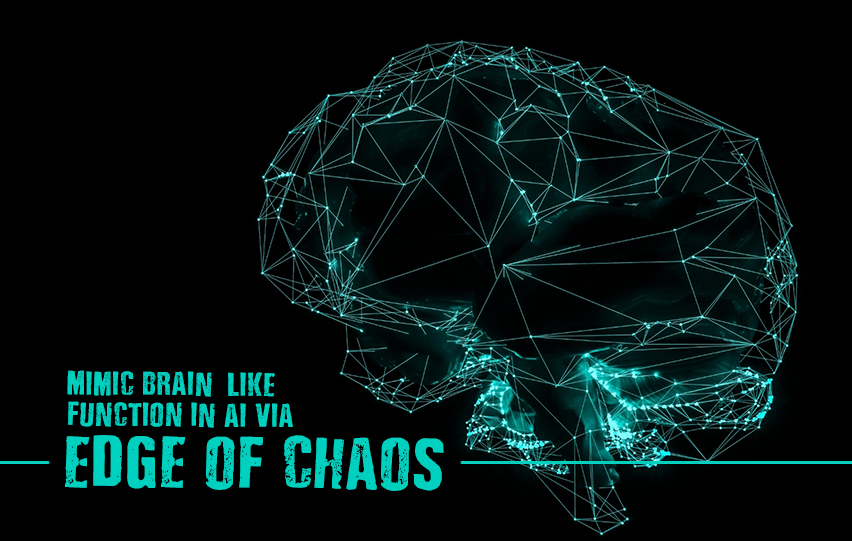Scientists at the University of Sydney were able to recreate brain function when applied with electrical stimuli that bring the artificial neural network (ANN) to the “edge of chaos.” Science Daily reported that AI was able to remember pathways through this method.
This development was inspired by neuroscience theories that the human brain functions efficiently at the critical state, which is at the brink of disarray. In fact, some neuroscientists post that this state is when the brain is at its most efficient and provides maximal performance.
The study by an international team headed by Joel Hochstetter, Professor Zdenka Kuncic, and Professor Tomonobu Nakayama published in Nature Communications showed that artificial intelligence made up with a nanowire network exhibits similar behavior.

This brain-like state is achieved by applying electric stimulation high enough to power the ANN. Hochstetter, a doctoral student in the University of Sydney Nano Institute and School of Physics explained, “We used wired 10 micrometers long and no thicker than 500 nanometers arranged randomly on a two-dimensional plan.”
“Where the wires overlap, they form an electrochemical junction, like the synapses between neurons. We found that electrical signals put through this network automatically find the best route for transmitting the information. And this architecture allows the network to ‘remember’ previous pathways through the system,” he added.
The team used a random nanowire network to evaluate an AI system’s performance in solving simple tasks. They found that low stimulation results in orderly, yet predictable problem-solving capabilities. Unfortunately, the outcomes were not complex enough to show substantial information.
According to Cosmos Magazine, Hochstetter found that with slow signal, the system repeatedly did the same thing without any signs of learning or development. A harder and faster signal implementation, thus bringing it into a chaotic state, results in erratic and unpredictable behaviors.
The researchers saw an improvement in outputs when the networks see an increased electrical stimulation only to the point before it reaches a chaotic state.
Kuncic, Hochstetter’s PhD adviser, is optimistic about this discovery. She said, “What’s so exciting about this result is that it suggests that these types of nanowire networks can be turned into regimes with diverse, brain-like collective dynamics, which can be leveraged to optimize information processing.”
The team is currently developing systems that need minimal energy consumption through reservoir computing which unites memory and operations in AI operations thus reducing networks’ energy footprints.
















